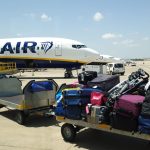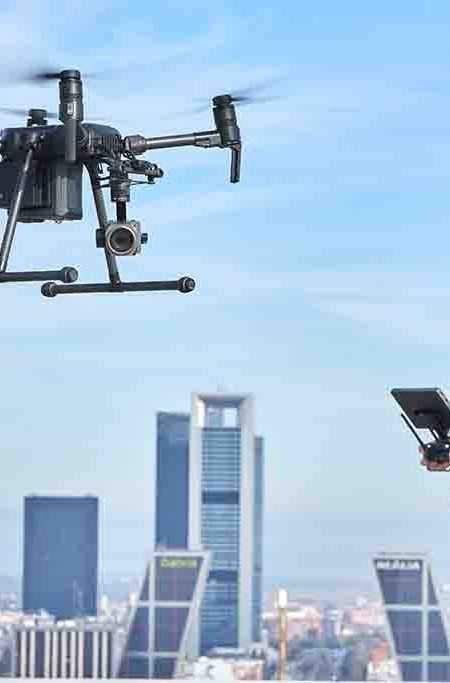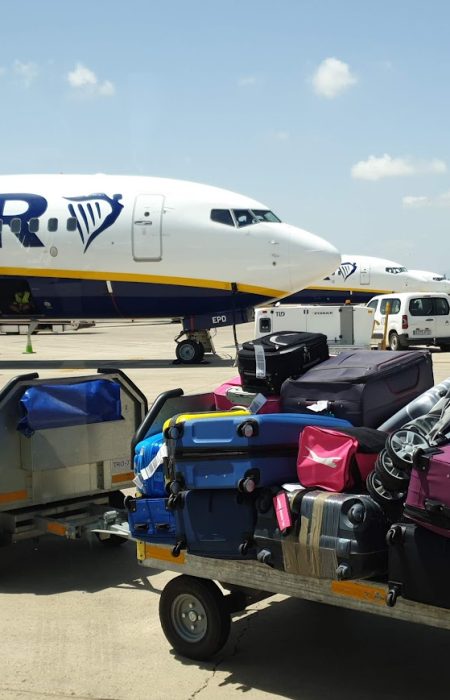The National Police Headquarters has sent out a number of messages and directions about how to operate drones, especially in cities. These places are especially sensitive because flying there is hard, and it puts people and property at danger.
This means that many of these operations won’t fall under the open category. Instead, these flights will have to be done in specialised categories, over standard situations, and only by qualified pilots who meet certain conditions.
Therefore, the first step for the user is to distinguish between a drone and a toy. European rules will call the first one a “toy,” but if it is seen as an aircraft, its use will be controlled at the national level under rules that went into effect on June 25th, 2024.
National Police officers have seen a lot of infractions over the years when people who use unmanned aircraft say they don’t know the rules. This is because the use of these devices has risen a lot over the years.
Because of this, it’s crucial to remember that manned aircraft share airspace with unmanned aircraft. Safety is the most important thing, both in the air, where you need to avoid crashing into other planes, and on the ground, where people could get hurt or property could be damaged if the plane crashes.
So, they want to remind users that they need to know the rules that apply to them and that the only way to find out if a drone is safe to fly or if there are any restrictions is to check the official and up-to-date “ENAIRE drones” website before flying one.
So, they remind us that flying is extremely likely to be restricted in cities because of things like airports, hospital heliports, important infrastructure, or situations that will keep us from flying.
Types of drone
The National Police says that there are three types of drones: open category, particular category, and certified category. These groups classify the kind of drone flight, and each has its own set of rules.
The first category, which is open, applies to new drone pilots or operators, whether they are amateurs or pros who don’t want to be in the spotlight. Most people who fly do so for fun, which is usually the recreational group. UAS operations that fall within the open category do not need to get permission or make a declaration of operations from the UAS operator before they can happen.
“That means there are no risks on the ground or in the air because there are no restrictions on drone flight (Enaire drones app), there are no non-participants, there is no building congestion, and the height will never go above 120 meters, with the pilot always being able to see the aircraft,” they say.
The specialised category is for unmanned aircraft, which can only be piloted by people who have been trained to do so. For UAS activities in this category, the relevant authority must give permission for them to happen.
UAS operations in the certified category will need the UAS to be certified according to Delegated Regulation (EU) 2019/945, the operator to be certified, and, if necessary, the remote pilot to have a licence.
Things you need to know and things you can’t do when flying a drone in open category
Five days before flying in a city, you must tell the Ministry of the Interior about your flight itinerary. “You can’t fly above people. You also can’t fly over structures without the owner’s consent. They say, “This also includes houses, open yards, or underlying areas.”
The privacy of individuals must be respected, a horizontal safety distance of ten metres must be kept from buildings and other structures; flying over 120 metres is prohibited; the flight must be controlled within the pilot’s visual line of sight (VLOS). The highest altitude in controlled airspace is 60 metres.
Managing permits and penalties
The Air Safety Law says that if you don’t obey the rules about flying drones, you could face the following penalties: Minor: €60 to €45,000; Serious: €45,001 to €90,000; and Very Serious: €90,001 to €225,000.
To operate a drone, you need to get an operator number from AESA (State Aviation Safety Agency) and register as an operator. You need to know the serial number and owner’s location for both your UAS and control unit. Both devices need to be able to see this identifier.
Some drones need to have the “Direct Remote Identification” feature turned on and finished. This system makes sure that information about unmanned aircraft in operation, including their markings, is sent locally so that people can get this information without having to go to the aircraft in person.
But you will need to get special training and, if necessary, an AESA permit, depending on the model of drone and the kind of flight you want to do. You should also look at geo-zones and restricted regions on applications or online maps (remember: ENAIRE Drones) because some places may need extra licences, such as when flying close to the San Javier or Alcantarilla Air Base and needing to coordinate with them.
As protectors of public safety, the National Police want to remind everyone that the remote pilot is in charge of the flight and must always know the rules that apply. “And always remember that you may see other planes, emergency services, or police flying over cities,” they say at the end.









No Comment! Be the first one.